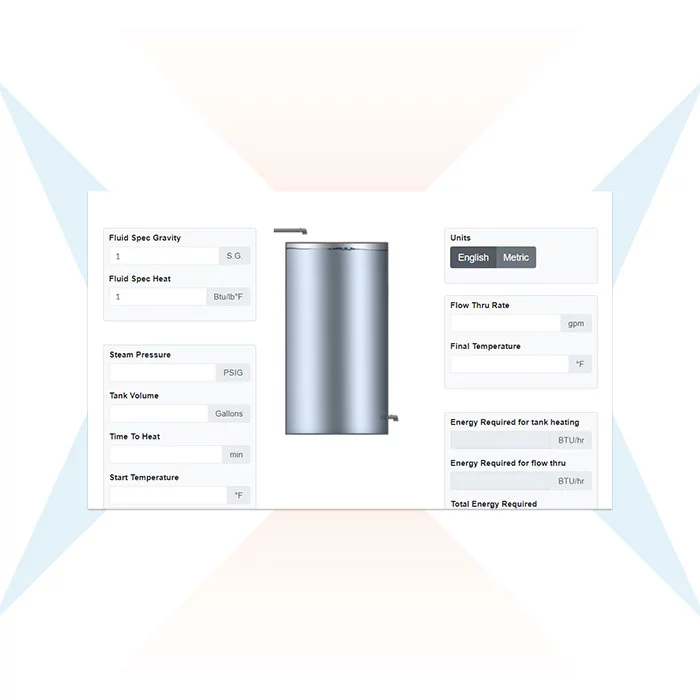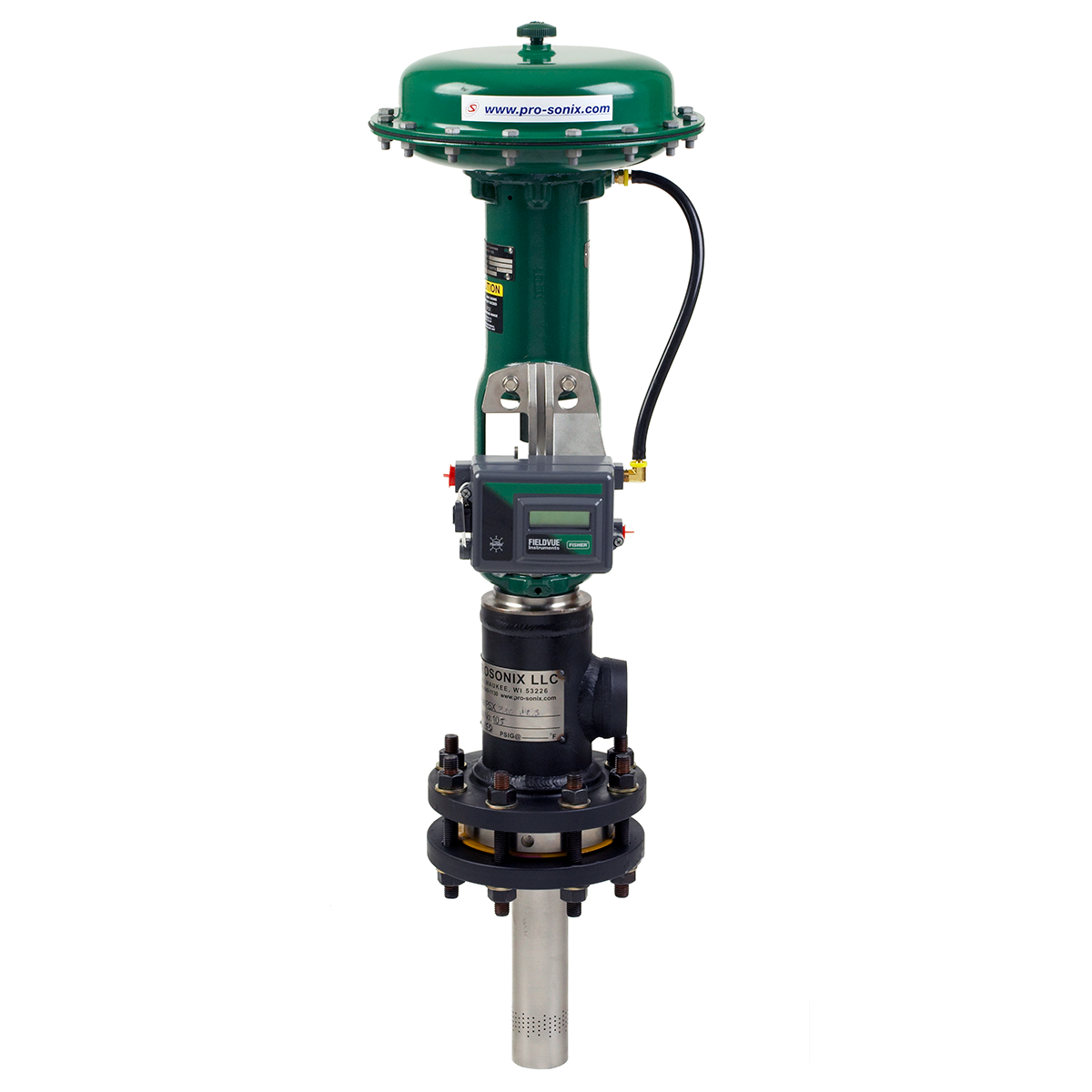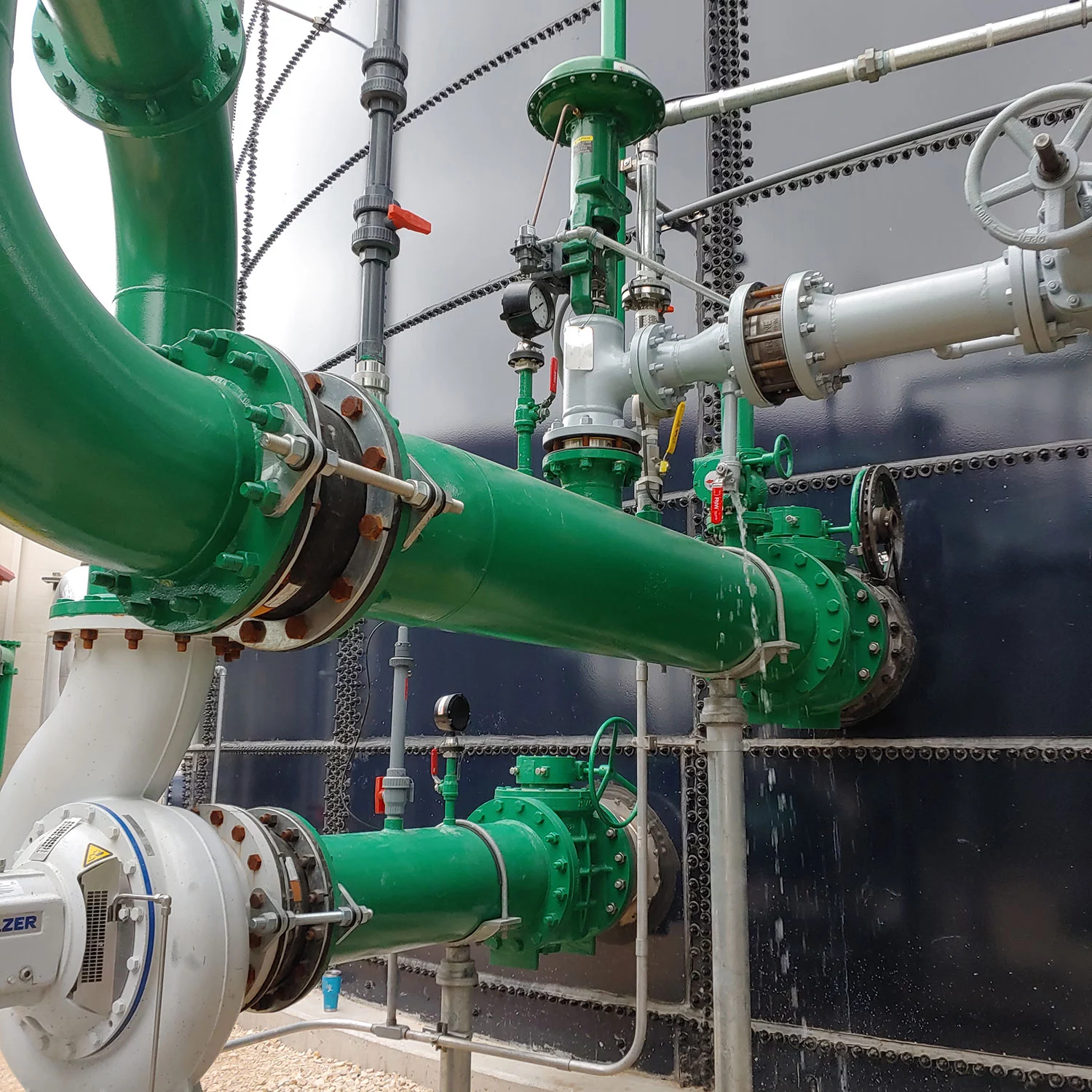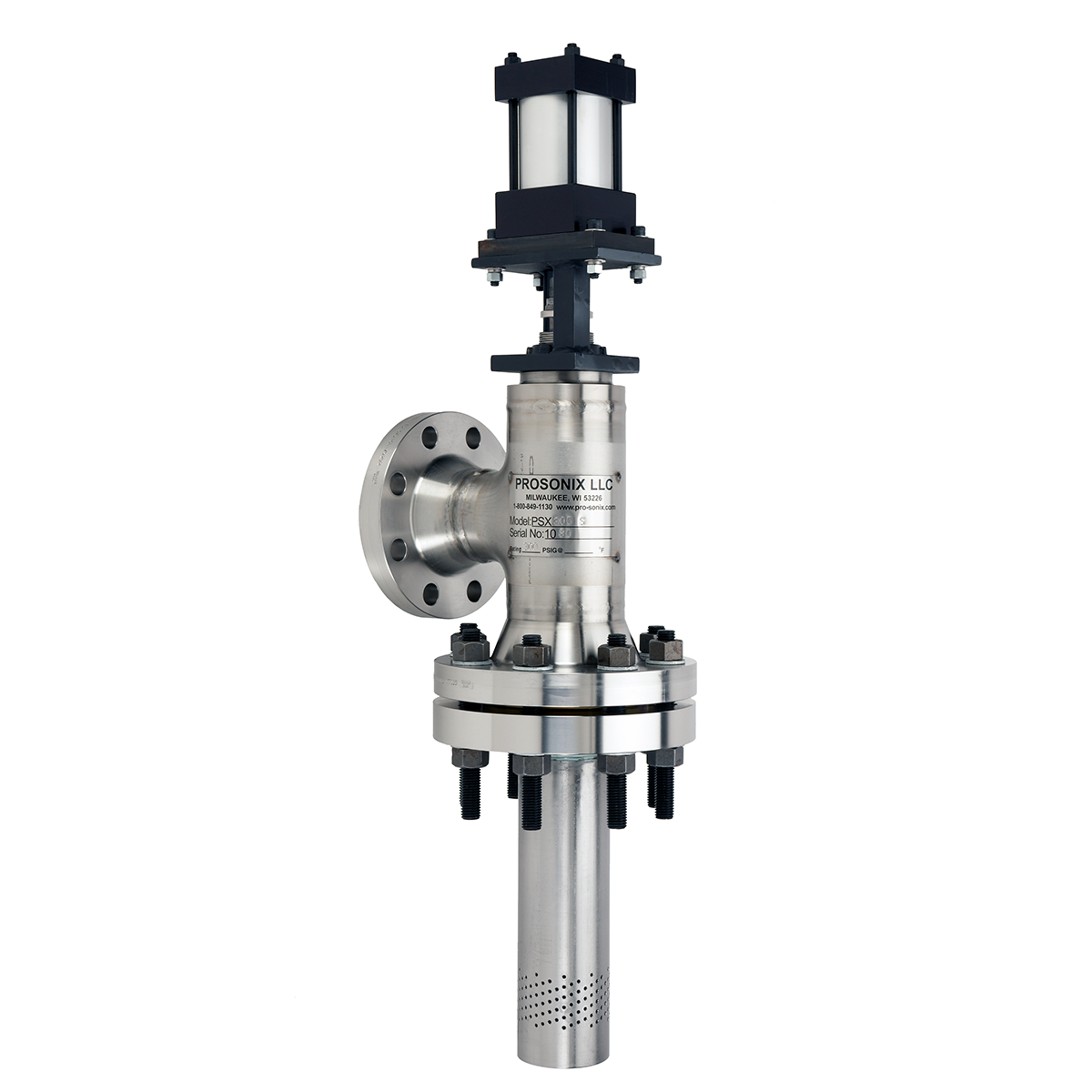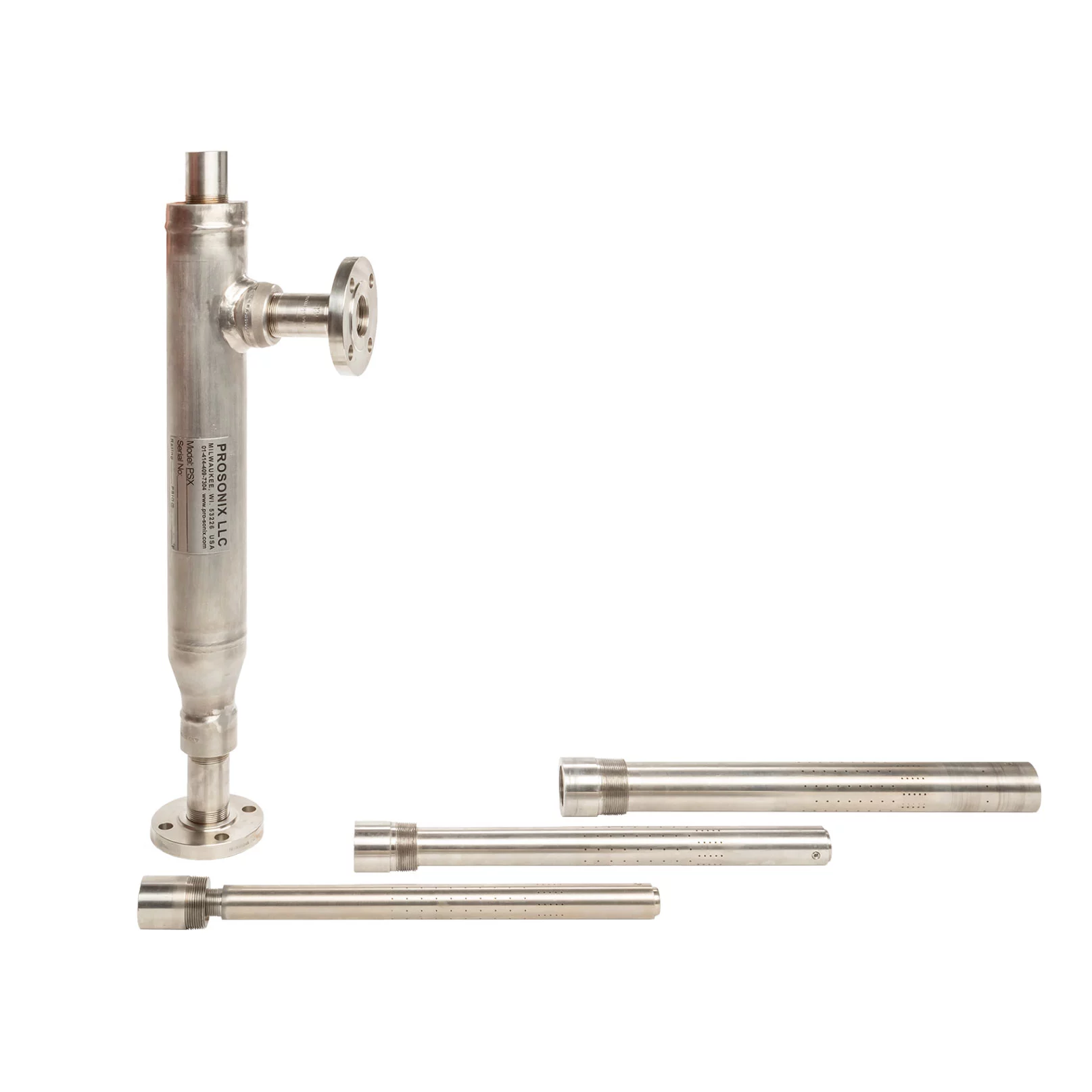Industrial Tank Heating
Inline Steam Injection Heater and Jet Spargers
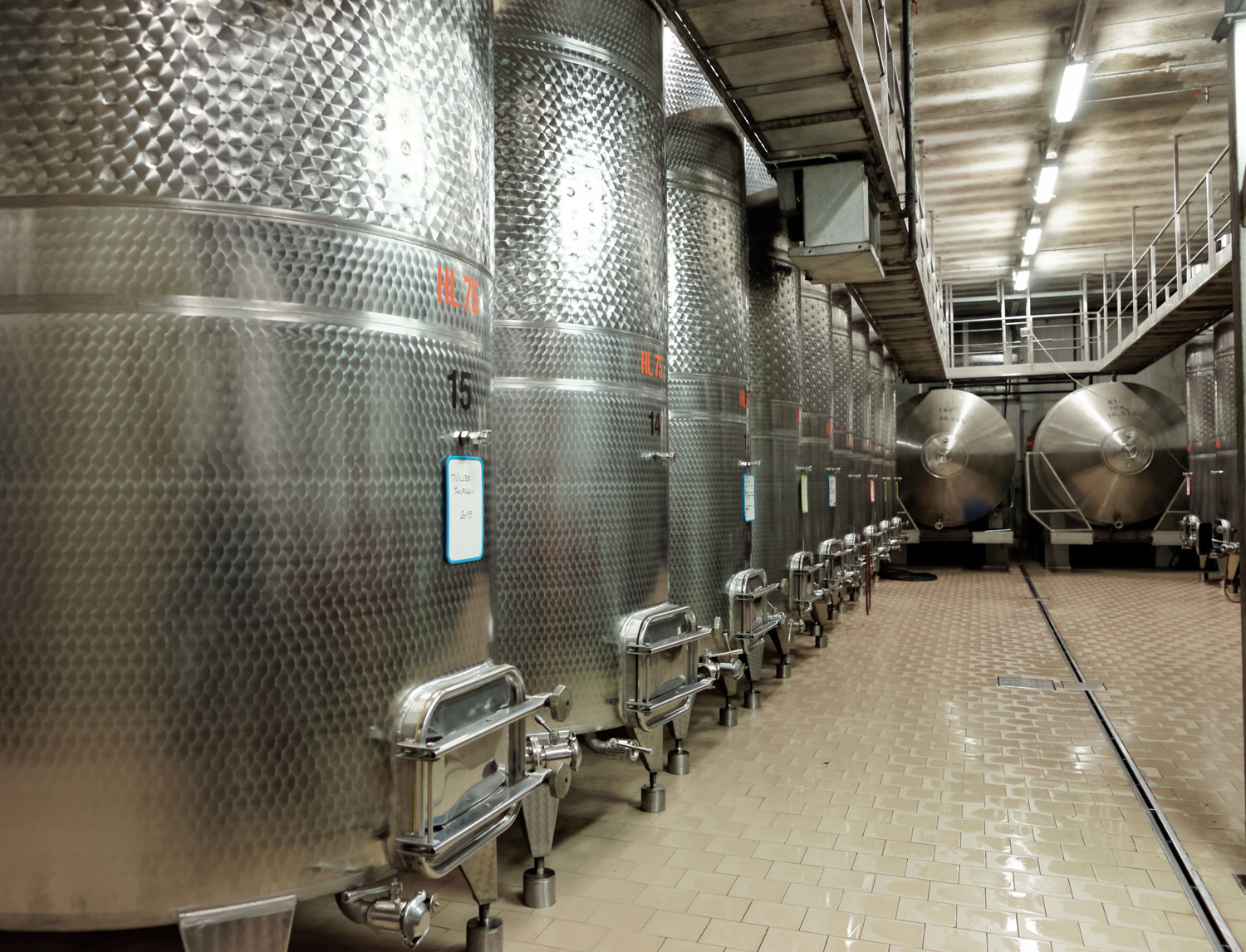
Industrial water heating is critical to many processes within manufacturing plants. Plants require heated water at precise temperatures throughout the work day and the water needs to be hot and available when needed. To heat large tanks, inline heaters or tank spargers are very common options. Inline heaters can be installed into existing piping and require no additional floor space. Tank spargers are a common, simple, and inexpensive option. A typical sparger is designed with a pipe that extends into the tank with a simple nozzle that delivers steam to the tank. ProSonix offers multiple solutions for industrial tank heating: the PSX I Series inline steam injection heater, the PSX J Series Tank Sparger and the ProJet® Tank Sparger. Both deliver sonic velocity to the fluid which supplies a thoroughly heated fluid that is ready to be used instantaneously throughout the facility. ProSonix steam injection heaters are designed to improve performance over traditional heat exchangers, steam spargers, and steam eductors. Steam mixing valves and steam sparging when done incorrectly can lead to steam hammer and poor temperature control. This can lead to process upsets and limits production.
Which Tank Heating Jet Sparger Do I Need?
Process or Steam Condition |
ProJet® |
PSX J-Series |
|
| Fluid | Water | Yes | Yes |
| Steam Pressure | 15 - 150 psig | Yes | Yes |
| Materials of Construction | Carbon Steel or 316SS | Yes | Yes |
| Steam Line Connection | </= 2.0” | No | Yes |
| Steam – Hi-Pressure | >150 psig | No | Yes |
| Materials of Construction - Special | Corrosive or Abrasive | No | Yes |
| Size Your Heater | Click Here | Click Here |
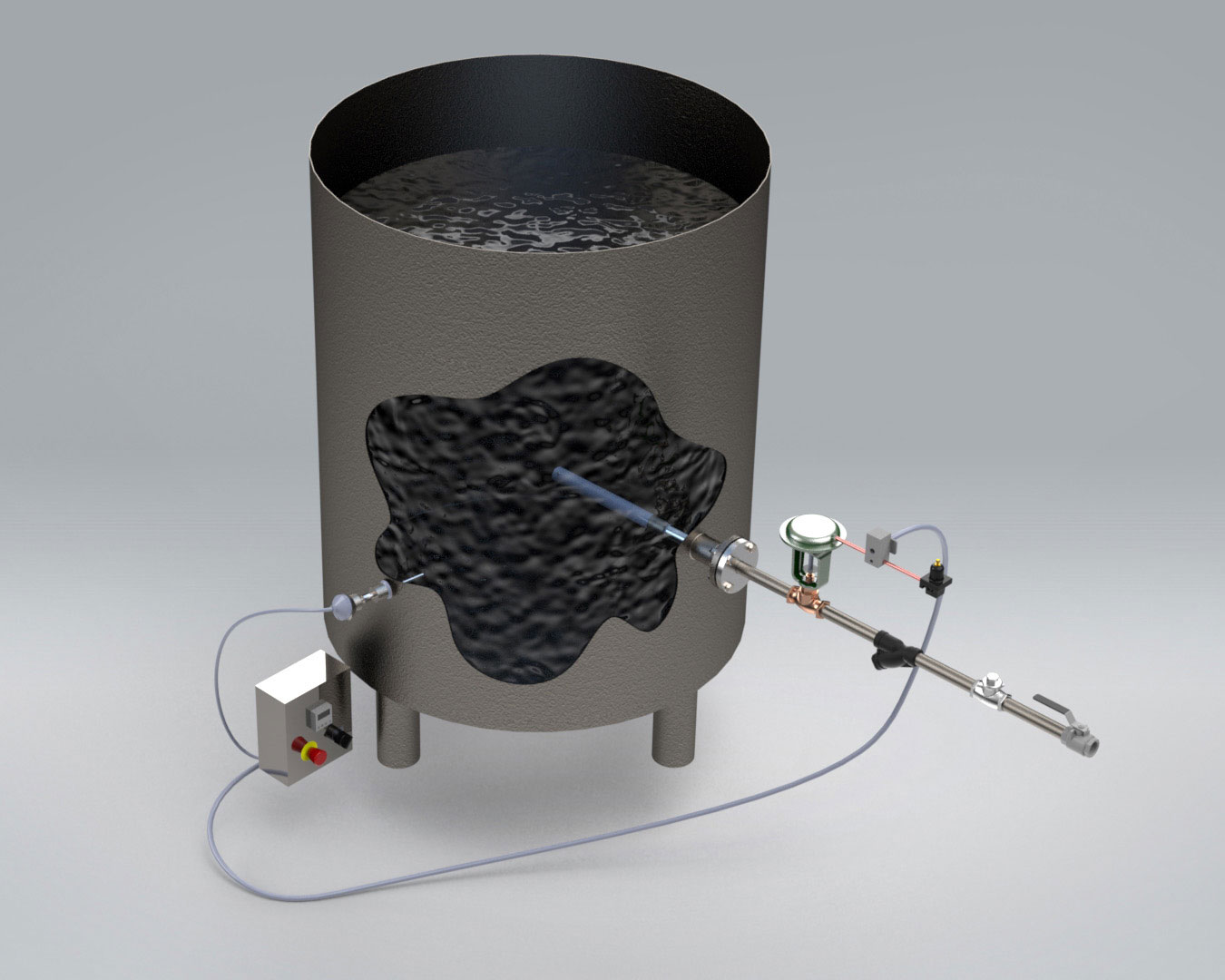
How Direct Steam Injection Heating Works
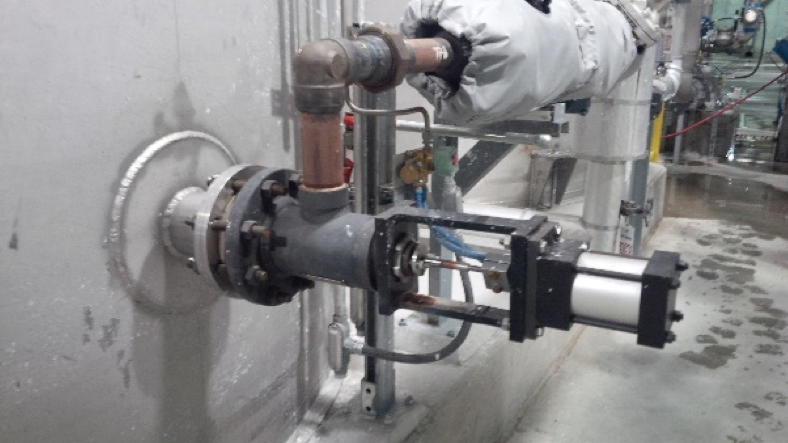
How to Avoid Steam Hammering
Watch the video to learn more about the ProSonix proven solution for heat processing with steam injection heat and how to avoid steam hammering.
Click to read more about the causes of steam hammer.
Tank Size Calculator
We have created a calculator to determine your best tank size for your application.

